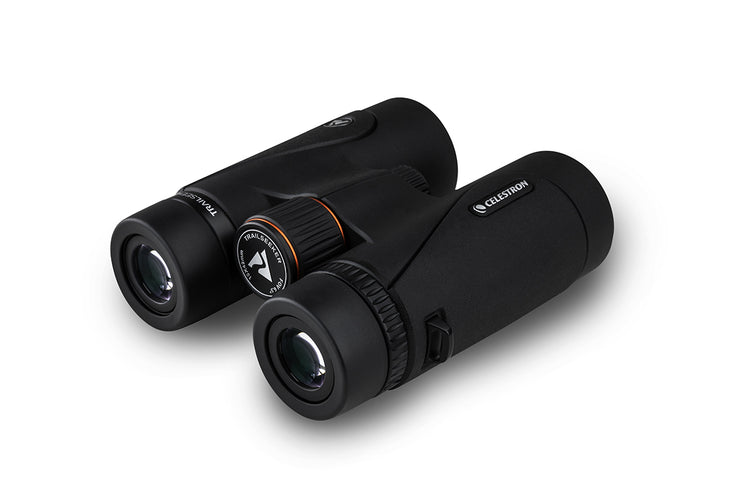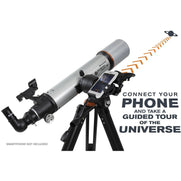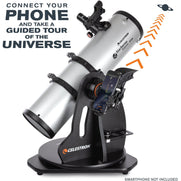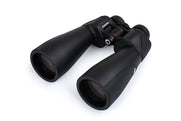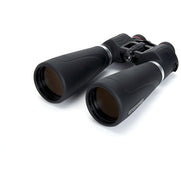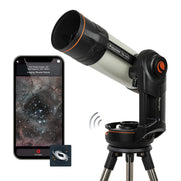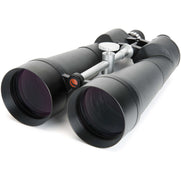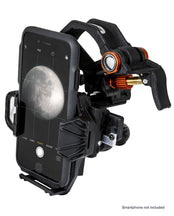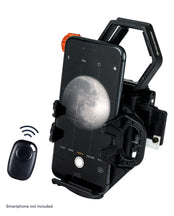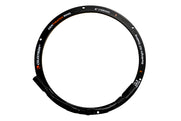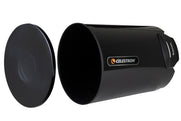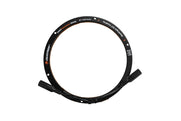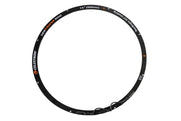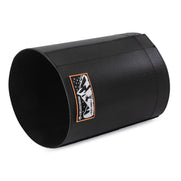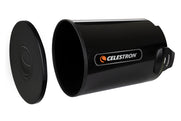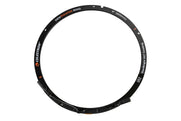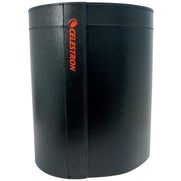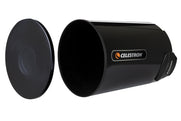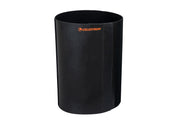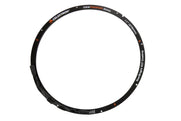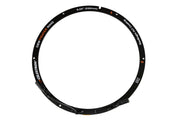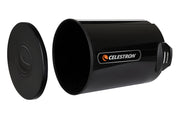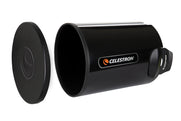How to See Comet C/2024 S1 (ATLAS)
October 3, 2024

Get ready, skywatchers! A newly discovered comet, C/2024 S1 (ATLAS), is making waves in the astronomical community, and it could be one of the most spectacular comets we’ve seen in decades. Dubbed the “Big New Sungrazer Comet,” this icy traveler has the potential to deliver a stunning display in our skies. Here’s everything you need to know to glimpse this rare celestial event.
Discovery and Details About Comet C/2024 S1 (ATLAS)
The ATLAS sky survey discovered Comet C/2024 S1 (ATLAS)—first identified as A11bP7I—in Hawaii on September 27, 2024. It belongs to the Kreutz family of sungrazing comets—comets that pass dangerously close to the Sun, like a modern-day Icarus. These daring sungrazers are known for their brilliant displays—some bright enough to be visible during daylight!
Some astronomers believe that this particular comet could be the brightest Kreutz sungrazer since Comet Ikeya-Seki (C/1965 S1), which shone bright enough to be seen in broad daylight with a magnitude of -10! The prospect of witnessing such a brilliant sight has the astronomical community buzzing with excitement.

When and Where to See Comet C/2024 S1 (ATLAS)
Comet C/2024 S1 (ATLAS) will reach its closest point to the Sun—perihelion—on October 28, 2024. At this point, it’s expected to shine at an incredible magnitude of -5 to -7, possibly becoming bright enough to spot during the day! Whether you’re in the Southern or Northern Hemisphere, there will be opportunities to witness this celestial wonder.
For observers in the Southern Hemisphere, the best viewing chances will occur in the evening sky leading up to perihelion. You might glimpse its tail as the comet approaches the Sun. In the Northern Hemisphere, if Comet C/2024 S1 survives its close brush with the Sun, early morning skywatchers could see it shortly after perihelion.
While its exact closest approach to Earth is still being refined, many speculate that Comet C/2024 S1 could outshine even Venus, lighting up the sky with a dramatic dust tail you can see with the naked eye!
Product Recommendations

WINNER FREE
SHIPPING


A Step-by-Step Guide to Observing the Sungrazer Comet
- Check the internet, an astronomy magazine, sky reports, or astronomy apps, like Celestron’s Astronomy apps Powered by SkySafari™ (included with any Celestron telescope purchase), to learn where and when you can see the next bright comet. Don’t forget to share the information with your friends and family!
- When the time is right, travel to a remote location and let your eyes adapt to the darkness for at least an hour. Fainter objects like comets and their tails will be easier to locate with your eyes fully adjusted. This technique is called dark adaptation.
- Find a clear view of the horizon at the comet’s predicted position. Avoid areas obstructed by buildings, trees, or hills. An open field or even a rooftop will give you a nice view.
- Because some comets are faint, fuzzy blobs, observe them using the averted vision technique. Instead of looking directly at the comet, look off to the side about 20 degrees to expose your eye’s most sensitive parts (the rods and cones) to the light coming from the comet. You will have a better chance of “seeing” the comet this way than using direct vision.
- A binocular like Celestron’s Cometron 7x50is perfect for scanning the sky with its large light-gathering 50mm objective lenses. Binoculars can help you locate a comet in the sky and provide a wide-angle view of its impressive tail.
- Telescopes offer even more light-gathering ability and increased power to help magnify a comet’s coma and pull in additional detail. Medium to high magnification will provide excellent views of the coma with favorable conditions. On the other hand, a wide-field refractor telescope, like the Popular Science by Celestron StarSense Explorer 100AZ, is an excellent choice if you’d like to view more of the comet at once. This type of telescope paired with lower to medium magnification eyepieces can reveal more of the comet’s tail without needing to move the telescope.
To learn more about comets, click out Ultimate Guide to Observing Comets
More Helpful Observing Tips
|
Tip #1: Use an Astronomy App or Star Chart  |
Using a detailed star map is an excellent way to learn the positions of celestial objects throughout the year. While it may seem old-fashioned, it remains highly effective. For a more modern approach, astronomy apps like Celestron's SkyPortal offer comprehensive and informative tools. This full-featured planetarium app, included with any Celestron telescope purchase, is available on the Apple App Store and Google Play. SkyPortal provides new telescope owners with a wealth of information, including audio and written descriptions of various celestial objects, celestial coordinates, a real-time sky map, rise and set times, and physical and orbital parameters. |
|
Tip #2: Seeing Conditions |
Steady seeing conditions are crucial for observing objects like planets, the Moon, or double stars. However, poor seeing conditions impact deep sky objects such as nebulae and galaxies less. Avoid nights with turbulent atmospheres, as your targets will appear as shimmering blobs in your telescope's eyepiece. Begin with low magnification and gradually increase it if the views remain steady. You'll be amazed at how sharp and detailed objects can appear on a night of good seeing. |
|
Tip #3: Telescope Cooldown
|
Cool your telescope down! Bring your telescope outside about an hour before you plan to observe to allow it to reach ambient temperature. Achieving thermal equilibrium with the outside air is essential to avoid distorted views. Telescopes with larger mirrors and lenses may take longer to cool down, so plan accordingly for the best viewing experience. |
|
Tip #4: Collimation
|
Collimate, collimate, collimate! If you own a Newtonian or Schmidt-Cassegrain telescope, ensure your telescope's optics are collimated. Proper collimation can significantly enhance your ability to discern fine details. Misaligned optics may prevent you from seeing the clearest and sharpest details. Make it a habit to check and adjust collimation as needed once your telescope has cooled down. Most refractor telescopes generally do not require collimation. |
|
Tip #5: Dress in layers
|
Warm, balmy nights might feel like shorts and t-shirt weather, but it's wise to keep a light jacket handy in case the temperature drops. Early fall evenings can bring out mosquitoes and other creepy crawlers, so it's good to cover up and apply bug spray to ensure your stargazing session remains pleasant. |
If you own a Schmidt-Cassegrain or EdgeHD telescope, make sure you use a dew shield to help protect your telescope’s front corrector plate and help prolong the effects of dew. You can browse our Dew Prevention products.
You can learn about the night skies of the Northern Hemisphere with Celestron Sky Maps! This classic collection of seasonal star charts, with a glow-in-the-dark luminous star finder, has been around for years. It is popular with beginning stargazers and seasoned amateur astronomers because it provides everything you need to find constellations quickly.

2024: The Year of the Comet?
This year has already brought us two exciting comets. After Comet C/2023 A3 (Tsuchinshan-ATLAS), Comet C/2024 S1 (ATLAS) could be the second “big” comet to make an appearance in October 2024 alone! However, as with all comets, it’s important to note that their behavior can be unpredictable—some disintegrate before reaching their peak. But if this comet can hold together, it will put on a spectacular show.
Final Thoughts
Comet C/2024 S1 (ATLAS) could be a stunning addition to this year’s astronomical events, potentially offering breathtaking views visible to the naked eye. Keep your eyes on the sky in late October, especially in the Southern Hemisphere during the comet’s pre-perihelion phase. C/2024 S1 (ATLAS) might just be the highlight of 2024!
Clear skies!
Other articles you might be interested in: Ultimate Guide to Observing the Universe








